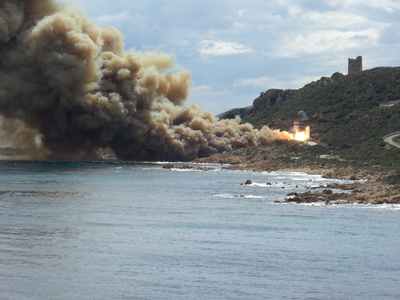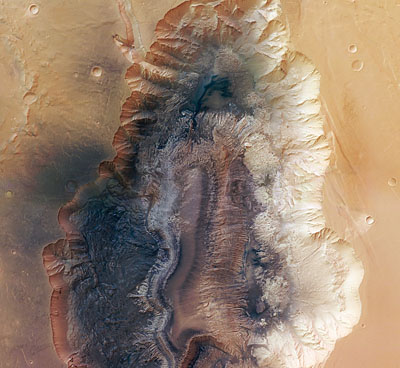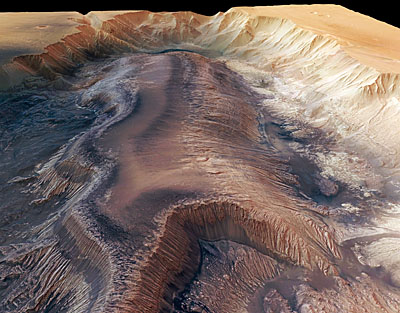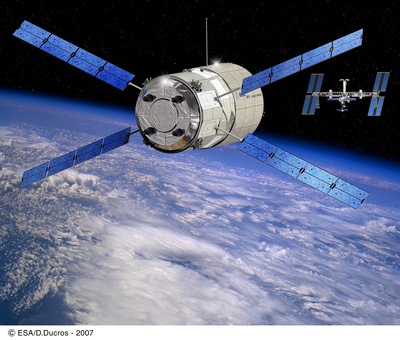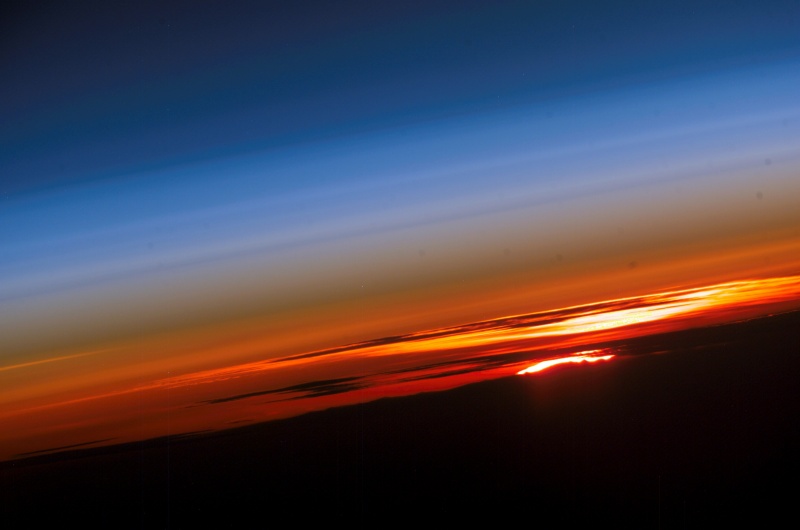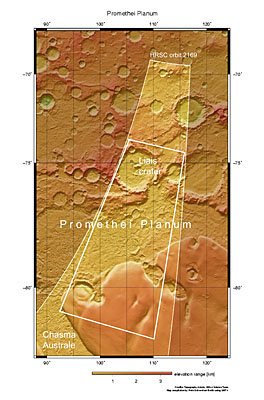Vanguard 1 - launching space geodesy
 Space technology revolutionized geodesy. It started already with Vanguard 1 which has spent 50 years in space this year, still orbiting Earth. I suppose few of you know what geodesy is let alone understand how Vanguard 1 or any other space technology improved this particular branch of geoscience. I'll introduce you very quickly to geodesy so that you can see how this satellite was the first space technology that helped us better understand our own planet.
Space technology revolutionized geodesy. It started already with Vanguard 1 which has spent 50 years in space this year, still orbiting Earth. I suppose few of you know what geodesy is let alone understand how Vanguard 1 or any other space technology improved this particular branch of geoscience. I'll introduce you very quickly to geodesy so that you can see how this satellite was the first space technology that helped us better understand our own planet.
What is geodesy?Geodesy is the science of determining the geometry, gravity field, and rotation of the Earth and their evolution in time. Traditionally, geodesy has been serving other sciences and have had many societal applications, including mapping. With the advent of satellite geodesy it developed into a science making unique contributions to the study of the Earth system, its inherit dynamics, and its response to climate change, as well as a tool underpinning a wide variety of other remote sensing techniques. Facilitated by the
Global Navigation Satellite Systems such as GPS, a wide and growing set of applications associated with positioning and navigation is opening up.

Vanguard 1 provided new information about the Earth's shape and size.
The Earth - a pear formed lumpy bodyVanguard 1 with its small suite of instruments provided unprecedented information on Earth's size and shape, air density and temperature ranges, and the micrometeorite density in space. By tracking its orbit geodesists found that Earth is not round but slightly pear-shaped, with a small, symmetric equatorial bulge. It was also discovered that the Earth is a lumpy body. Today we monitor even time variations of this lumpiness.
Vanguard 1 was the first artificial earth satellite powered by solar cells.
Thanks to my friends Sebastian and Don for reminding me.
